Recent studies demonstrate innovative methods to effectively treat aquaculture wastewater, reducing environmental harm and advancing sustainable seafood production
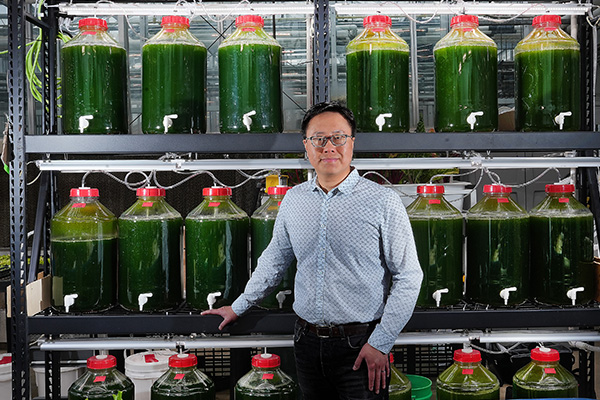
Aquaculture production operations that help feed the world’s growing population also generate polluted wastewater that harms the environment, causing oxygen depletion and harmful algae blooms when discharged into the aquatic environment. However, scientists have published four studies proving that new methods can effectively clean aquaculture wastewater.
“Those wastewaters are not good for the environment because they discharge a large amount of nutrients like nitrogen and phosphorus,” said Jen-Yi Huang, associate professor of food science at Purdue University. “The result of this paper provides the proof of concept on an experimental scale.”
Published in Bioresource Technology, Huang’s study analyzed the environmental impact of using microalgae to treat wastewater in shrimp farming, covering all stages from feed production to water treatment at a farm in Fowler, Indiana.
The research team found that the microalgae wastewater treatment process is environmentally feasible. Further, the team found that even with the energy requirements factored in, the microalgae treatment works better than the conventional activated-sludge wastewater treatment method.
“Using the microalgae as the wastewater treatment method can indeed improve the environmental performance of aquaculture production,” Huang said.
Three studies were conducted at Purdue’s Aquaculture Research Laboratory, two of which analyzed treating separate tilapia and shrimp wastewater streams with the same four strains of algae and two strains of bacteria.
“Wastewater always has bacteria,” Halis Simsek, assistant professor of agricultural and biological engineering at Purdue University. “We are using natural bacteria that already exist in the wastewater to remove contaminants.”
The research team measured nitrate, nitrite, ammonium and other parameters in the wastewater during the experiments. These included chemical oxygen demand, a measure of environmentally harmful effluent discharge. The types of algae and bacteria selected for the study are the most commonly occurring natural strains.
“All these parameters can be removed in the wastewaters using algae and bacteria together,” Simsek said.
Could a new ‘spill box’ tool lead to zero fish feed waste in land-based aquaculture facilities?
However, given that industrial sectors produce different wastewater, Simsek said there may be a need for different treatment methods. The Environmental Pollution study results demonstrated the potential for applying microalgae and native bacteria together for treating larger-scale tilapia wastewater.
In the 2023 study, Simsek and his co-authors evaluated electrocoagulation (EC) and electrooxidation (EO) treatments of shrimp wastewater, both separately and together. EC and EO, widely used methods for treating agricultural and other types of wastewater, remove pollutants via electricity to drive chemical reactions.
The researchers also applied a modeling approach often used to determine optimal factors that affect the electrochemical method.
“The results of the study show EC and EO processes are potentially beneficial for the treatment of aquaculture wastewater,” Simsek and his co-authors wrote, suggesting larger-scale testing of EC and EO for the treatment to reduce toxic environmental effects. “The developed treatment system combined with other treatment methods could be useful to treat various types of wastewaters throughout the world, which can help support the development of the zero-waste policy.”
A dozen scientists at Purdue and institutions in Egypt, India and Turkey contributed to the research. All four studies were funded by a $10 million grant from the U.S. Department of Agriculture National Institute of Food and Agriculture aimed at increasing Midwestern seafood production and consumption. One additional study is slated to be published June 1, 2024, in Environmental Research.
Now that you've reached the end of the article ...
… please consider supporting GSA’s mission to advance responsible seafood practices through education, advocacy and third-party assurances. The Advocate aims to document the evolution of responsible seafood practices and share the expansive knowledge of our vast network of contributors.
By becoming a Global Seafood Alliance member, you’re ensuring that all of the pre-competitive work we do through member benefits, resources and events can continue. Individual membership costs just $50 a year.
Not a GSA member? Join us.
Author
-
Responsible Seafood Advocate
[103,114,111,46,100,111,111,102,97,101,115,108,97,98,111,108,103,64,114,111,116,105,100,101]
Tagged With
Related Posts
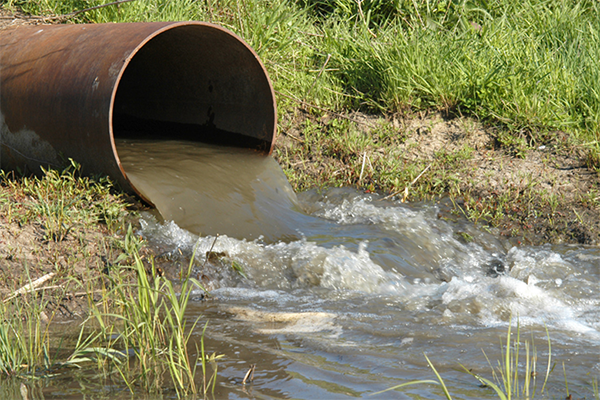
Responsibility
Underground injection of aquaculture wastewater
Disposal of aquaculture wastewater using injection wells has a much lower pollution risk than the dispersal of municipal and industrial wastewaters.
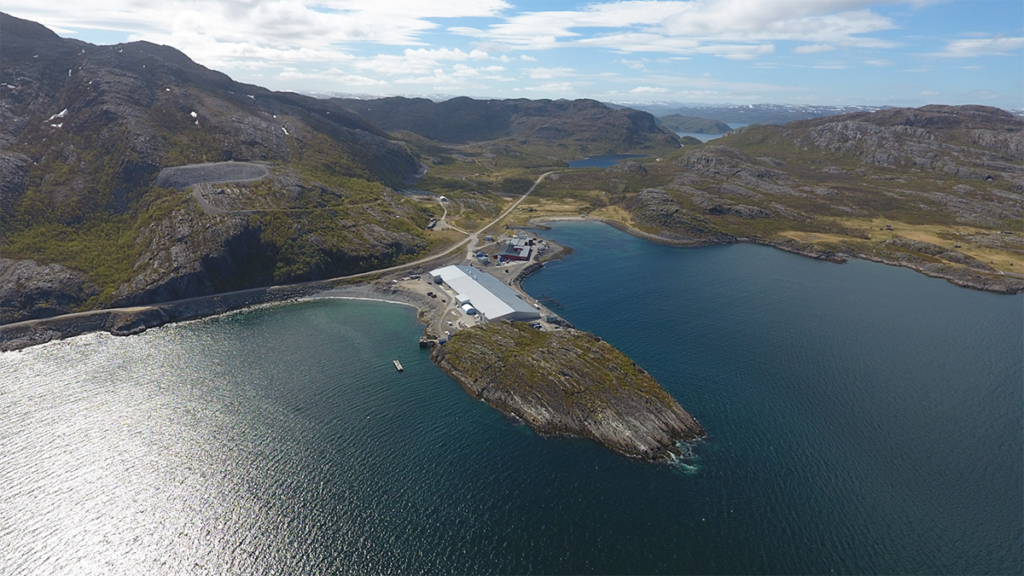
Responsibility
Sludge report: Finding value in Norway’s aquaculture waste
Bioretur converts aquaculture waste, or sludge, into fertilizer as demand for “circular economy” technologies grows.
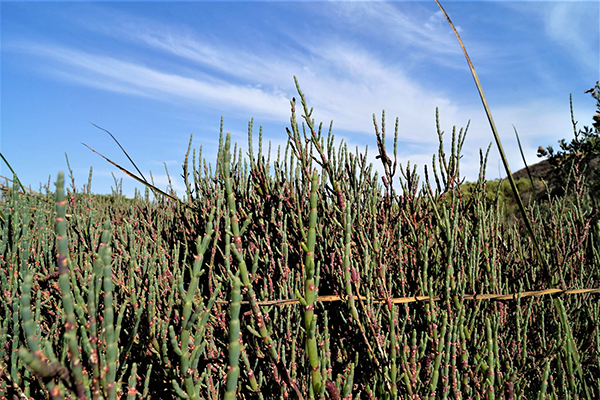
Responsibility
Can Salicornia effectively treat aquaculture effluent?
Trial demonstrates that artificial wetlands of Salicornia neei can be used for wastewater treatment in saline aquaculture in South America.
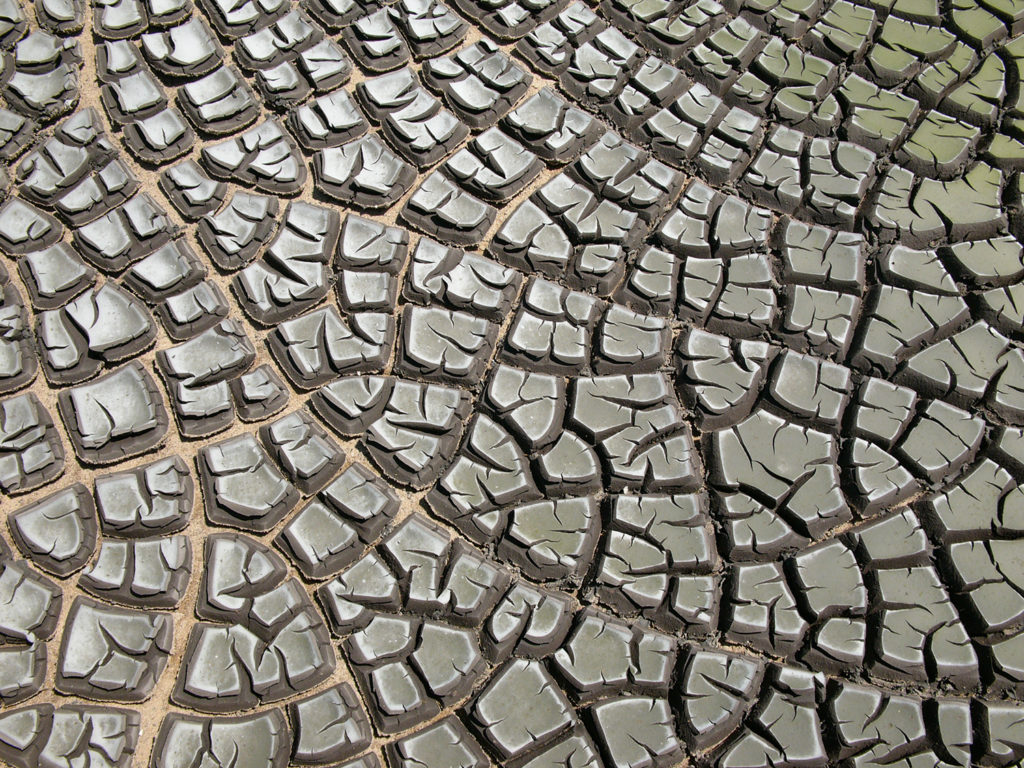
Responsibility
Composting of seafood processing sludge
Study evaluates if controlling maturation stage during seafood sludge composting through turning improves the process in comparison to static composting.



